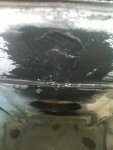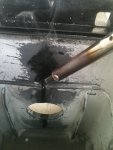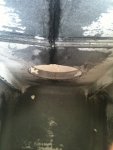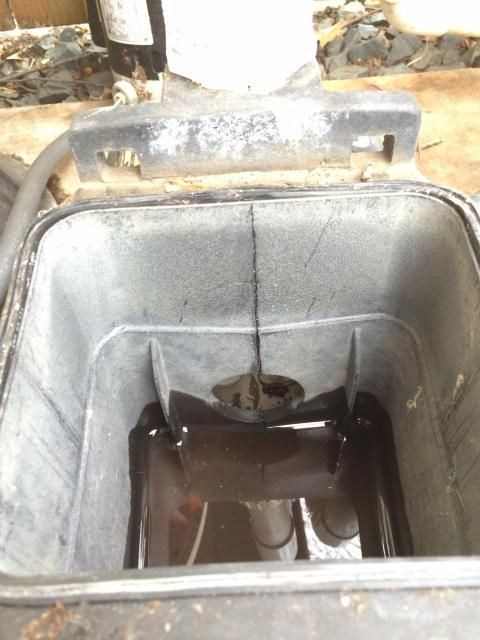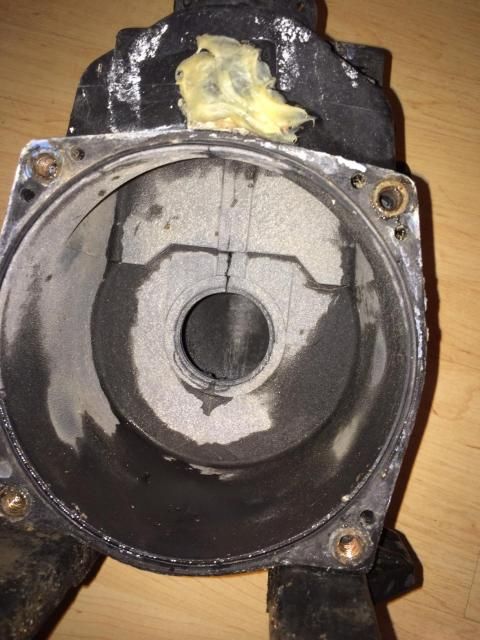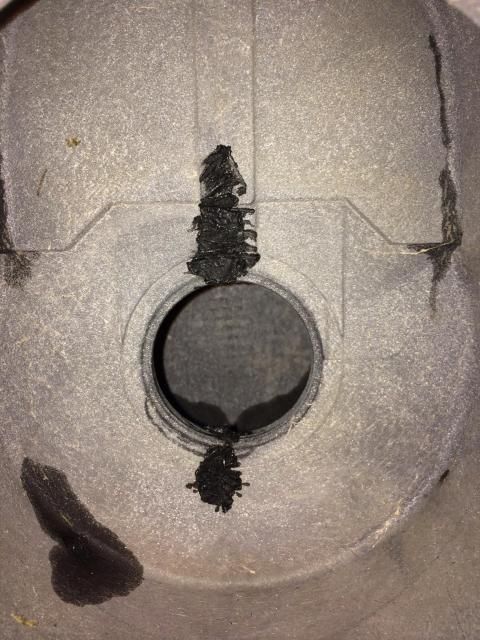Bump to say a great big thank you to Carli for starting this thread. Based on his original post above, I tried the same plastic welding technique for an almost identical housing crack. I'm happy to say I also got the same results as Carli: my pump is working again! A little elbow grease, pvc work and basic welding and about $30 in materials, I can avoid or at least postpone having to splash out hundreds of dollars on a new pump.
For the benefit of others who may face similar situation in the future, I'll add a few photos and comments.
My pump would not prime when the pool store folks came to open the pool last week, and a cracked pump housing was discovered.
Before photos, from the front and from the back:
And the "after" photos:
To do this, I bought a cheap welding iron from Harbor Freight for just over $15, and first tried just welding from the front only with the pump in place still connected to the plumbing. I did this because I am no longer young and flexible enough to contort my body in such a way as to reach the inside of the back of the pump to weld, even after the motor had been removed. The front weld seemed to work at first but then after a few minutes it gave out, so I decided that I might as well cut the pvc plumbing lines and remove the pump to access the back, especially since I would need to change the plumbing anyways if I had to replace the pump.
Once I cut the pipes and disconnected the pump housing (without motor), I was able to position things somewhere that I could comfortably access and weld both front & back. The hardest part was reassembling the new plumbing, but that was going to have to happen regardless, so I figured I had nothing to lose by trying the welding. Worst case scenario was it wouldn't work and I would be out the cost of the welding iron and the time and effort invested.
Fortunately for me, it did work. My pump is back to working normally, and the cost of supplies was less than $30, which I much prefer to the $1,200+ quote from the pool company for a new variable speed pump. I may well get a new pump sometime soon anyway, but I won't have to do so in a rush and under a time crunch.
Thanks again, Carli. You da man!



